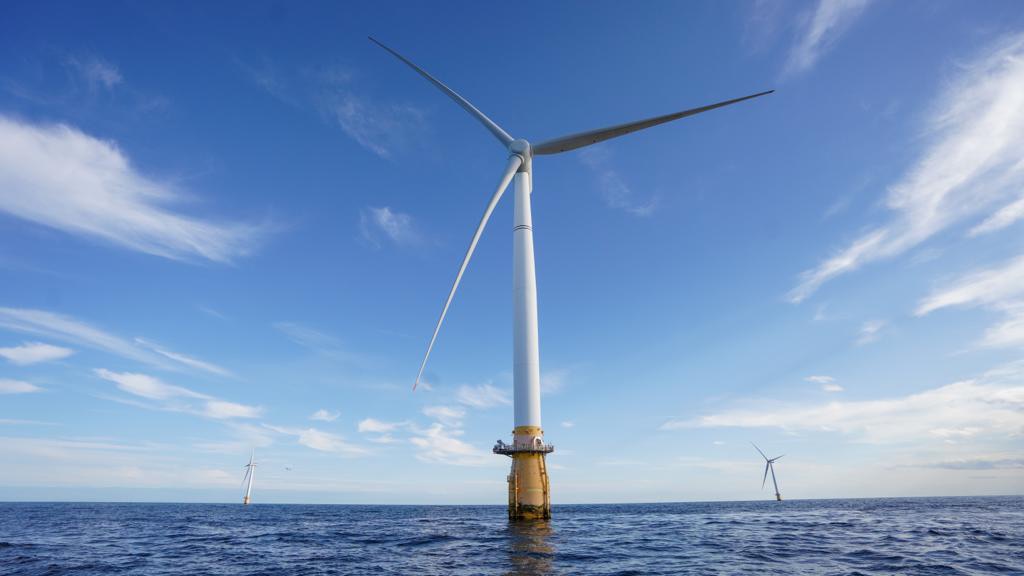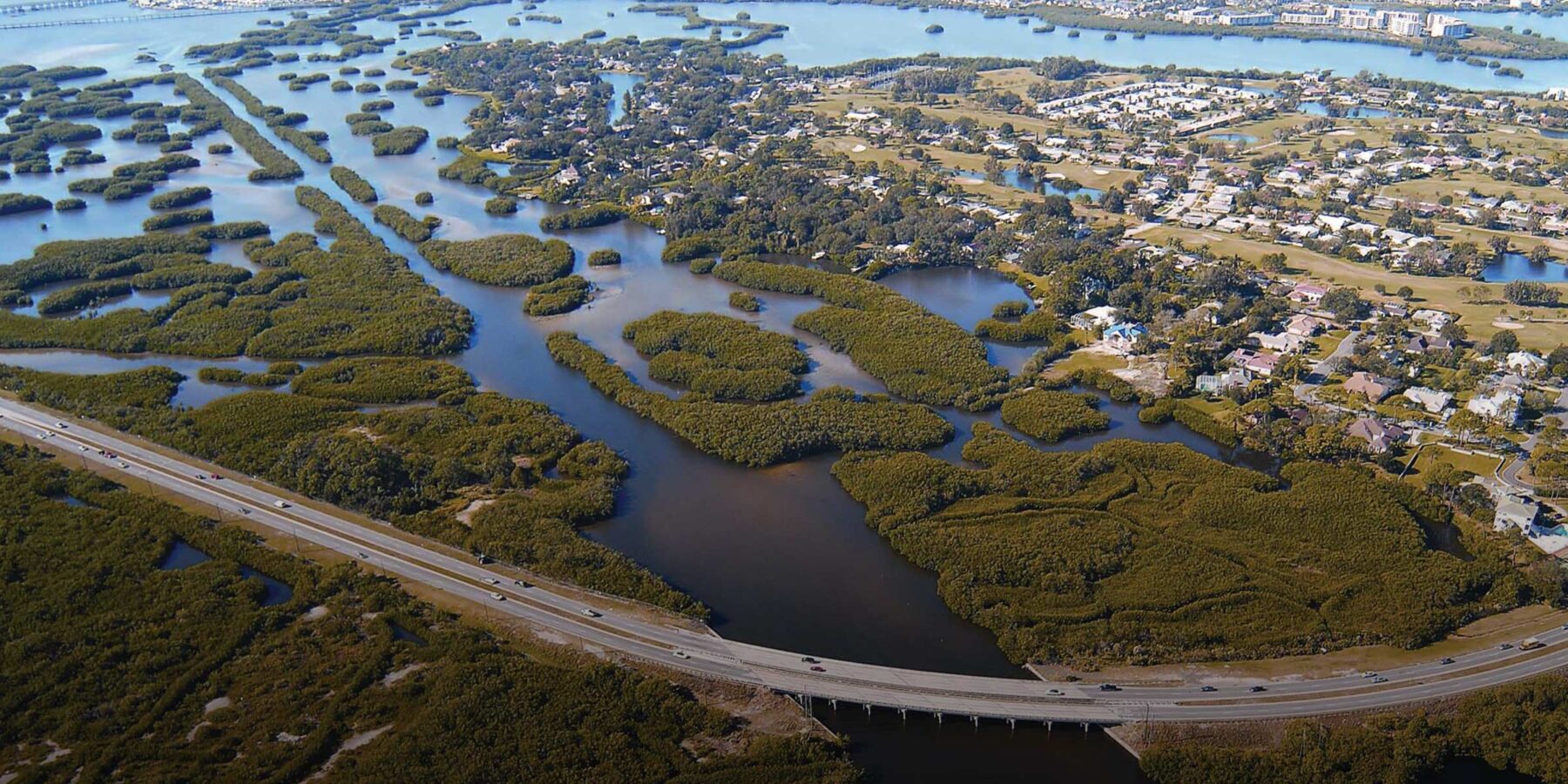Uniting for Equitable and Durable Solutions
Unnatural disasters — from the Maui fires, to flooding in California, to the wildfire smoke that blanketed much of the nation, and the heat wave in Europe — confirm that the climate crisis is here and a real and existential threat to people and wildlife alike. Because this is a global challenge, meaningful solutions require many organizations and levels of government to be at the table to agree on next steps. In 2023, the Federation worked with various environmental groups as well as state and federal government agencies to find solutions, from advocating for environmental justice to promoting wind and solar power.
The benefits that nature provides are abundant, but these values historically have been undercounted in federal decision-making. New guidance recognizes this omission and will support a more accurate and full accounting of the services that nature provides.
Jessie Ritter, Associate Vice President, Water and Coasts
policy to consider marginalized
community impact
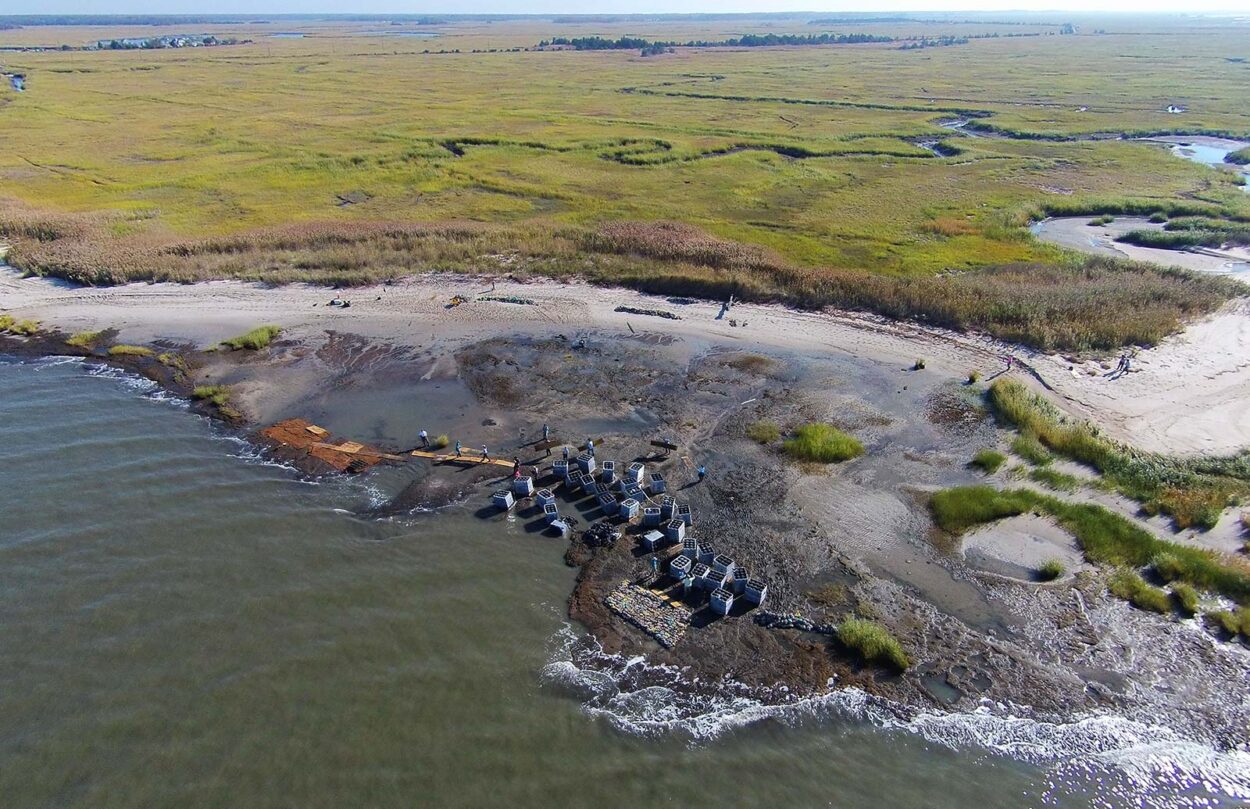

Centering Environmental Justice in Federal Decision-Making on Climate
Efforts to combat climate change must ensure all communities are considered, including historically marginalized neighborhoods. The Federation has worked to change the rules in the National Environmental Policy Act so that major federal government decisions consider the impact on all wildlife and communities. A 2022 rule that addressed major rollbacks from the previous administration, as well as a second, related proposed rule, would make sure that impacts on every effected community are considered before federal decisions are made and that environmental justice concerns are front and center in major federal actions affecting the environment.
Photo Credit: Adobe Stock

Guidance to Accurately Value U.S. Natural Assets in Federal Decision-making
Historically, federal decision-making often ignored the inherent value of nature and the benefits nature provides to our communities. The Federation worked to change that by advocating for revisions in federal policies and processes that guide decision-making around federal rules and spending on projects, like disaster mitigation projects funded by the Federal Emergency Management Agency. Thanks to these efforts, the Office of Management and Budget proposed revisions to two key policies that inform federal regulatory analysis, benefit-cost calculations, and cost-effectiveness analysis used in federal decision-making. The changes made will increase the competitiveness of nature-based solutions and will result in more equitable outcomes for low-income and historically marginalized communities. Additionally, the Office of Management and Budget released guidance that will provide standardized procedures for agencies to more accurately account for how their actions may affect ecosystem services that impact human welfare. These long-awaited updates will more effectively support nature-based solutions and long-term community climate resilience.
Photo Credit: USGS
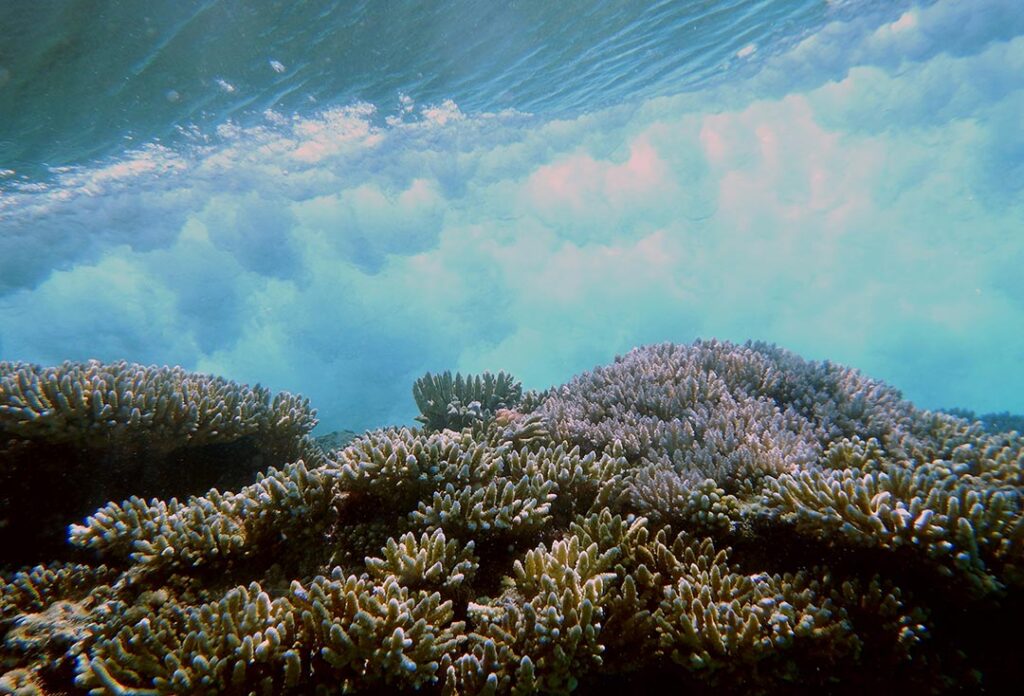
Offshore Wind Lease Sales and Projects Move Forward
Offshore wind power is finally gaining momentum as a renewable source of energy in the United States. Both the Biden Administration and state governments set ambitious offshore wind goals in 2023. The nation’s first two large-scale projects, one for Massachusetts and one for New York, broke ground with stringent wildlife protections in place. In Maryland and Maine, the legislatures passed laws that committed each state to offshore wind development that reduces and mitigates harm to wildlife and directs benefits to communities. In both cases, the Federation and our affiliates advised decision-makers and advocated for the important details that will shape this emerging industry.
Photo Credit: Lindsay Kuczera
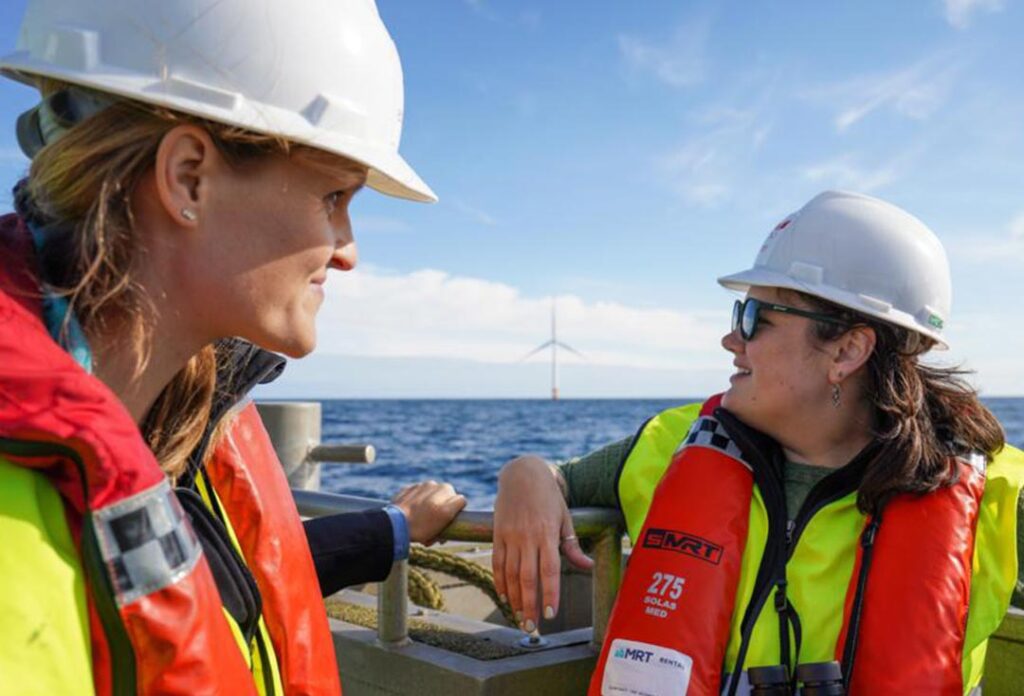
Responsible Development of Wind and Solar Resources on Public Lands and Waters
The pursuit of more sustainable energy sources must be done in a way that mitigates potential negative impacts on nearby communities and wildlife. The Federation’s Climate and Energy and Public Lands Teams prepared a report detailing how wind and solar development can occur on public lands and waters in a manner that is responsible and consistent with the values and current uses of our public lands. The report examined the possible harm that such development might have on nearby communities and proposed ways to avoid and minimize such impacts.
Photo Credit: Lindsay Kuczera
